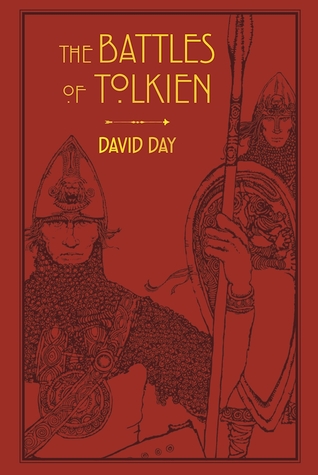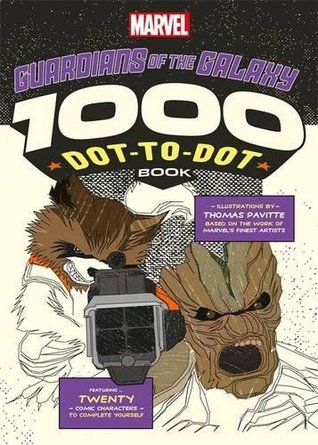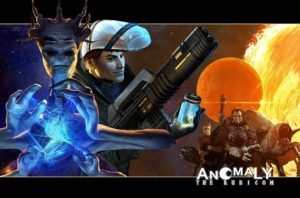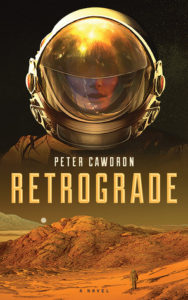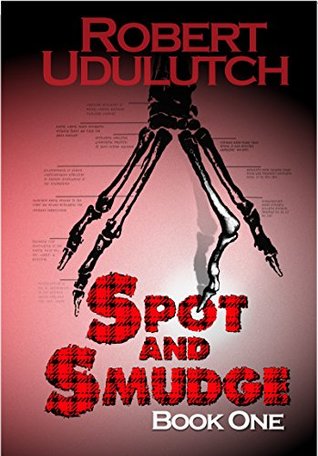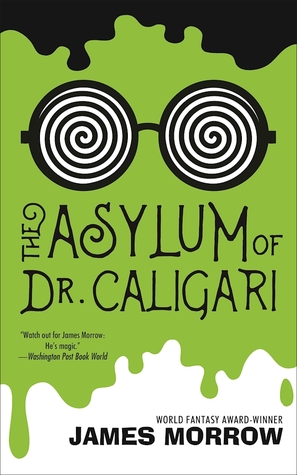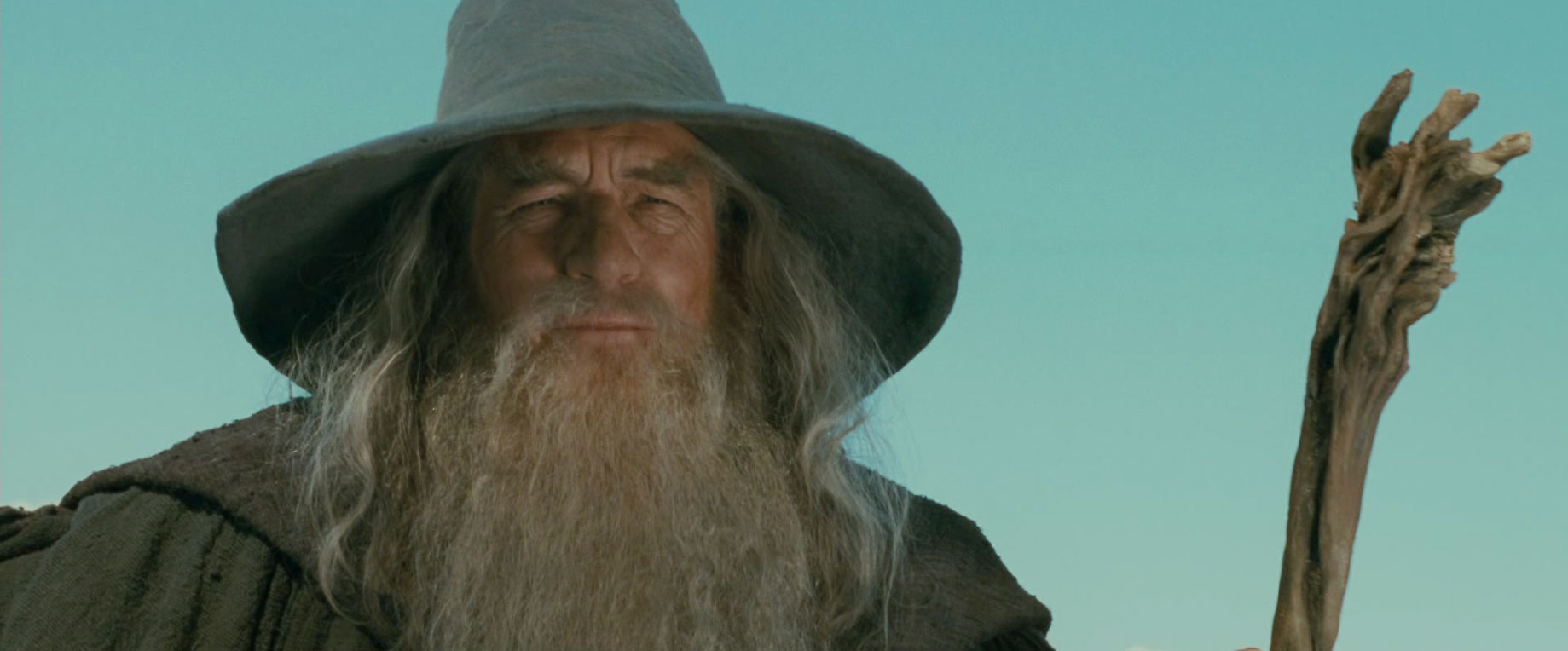 Chapter the Third Gandalf was back in town, it seemed, the hobbit Lumbertoe Proudfoot thought, as he rode by on his wagon with Frodo Baggins the hobbit boy. He gave him a scowl, a dirty look, because he was not happy to see him. Not happy to see him at all. He thought of the last time he had seen Gandalf, when he had taken his son Edgewood on an adventure to the Forest of Darkness. His son mysteriously vanished, Gandalf had said. Or had he? The hobbit children were all playing hobbit games until they saw Gandalf ride up on his wagon, which was pulled by a donkey. The children all liked Gandalf, because he had a pointy hat and fireworks. They ran after him, hollering “Gandalf!” Then more children joined them, hollering “Gandalf!” “Gandalf!” another child, young Billysmart Gamgee, yelled. What would his big brother think if he saw him yelling, Billysmart thought. “Gandalf! Gandalf!” all the children said together, and they all chased him down the dusty trail, their hairy feet kicking up more dust. But he did not stop, nor did he even say hello. Was Gandalf mad at them? Did they do something wrong, the children wondered? Then out of the back of the wagon, fireworks went off. A little shower of them, going “Bing! Bang! Bing ka-boom!” and it made the kids happy. They knew Gandalf was not mad at them, and that made them happy. So did the fireworks. Lumbertoe saw the kids being happy, and he could not help but smile. Then his wife, the she-hobbit Appleroot Stumptoe-Proudfoot, came out and saw Lumbertoe smiling at Gandalf. Appleroot disapproved, and it made her mad to see Lumbertoe smiling at Gandalf. So Lumbertoe stopped smiling. But he didn’t stop thinking. What if he could find Edgewood, his son? What if he sneaked out after Bilbo Baggins’ party tonight, and went to find him on his own? Yes, he could do that, he thought. After all, it’s not like he hadn’t been on adventures before. He thought back to that time at the Prancing Pony. So many years ago . . . and what was that gorgeous elf’s name? Ah, yes . . . . Arwen. 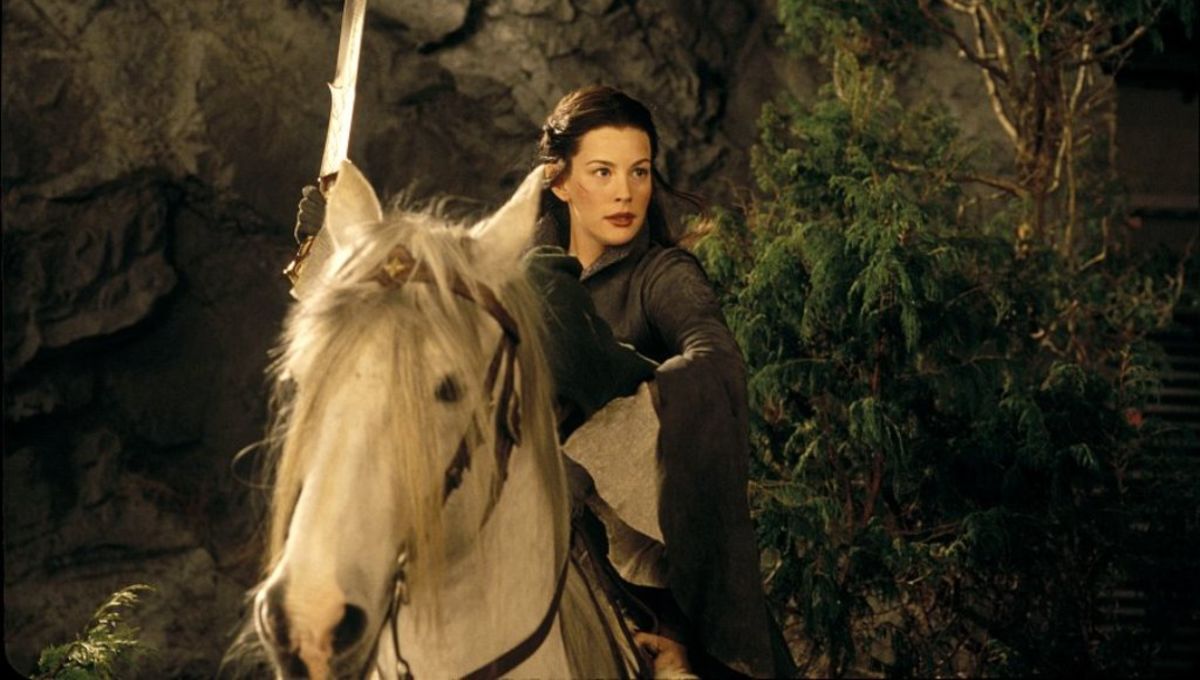 Chapter the 37th Arwen was on her horse, with Frodo, dying, in the saddle in front of her. It was a white horse. The Nazgul chased her, and chased her, and chased her. They chased her across plains, and past trees, and up and down hills. They went through the woods, but she still outran them. Her horse was fast. She knew she had to hurry, or her little friend Frodo would be dead. Finally, she arrived at a stream. Her horse crossed it, clippity-clop, splash, clippity-clop, splash, splash. She could feel the breath of the Nazgul upon her neck, and it reminded her of Aragorn, but in a bad way. Finally, she wheeled around on her horse. The Nazgul started to cross the stream, but drew back, as if they were afraid of water. Arwen drew her mighty sword, and held it before her. It was a mighty sword, she thought, mighty enough to cut someone if she had to. “If you want him,” she hollered, “Come and claim him!” All of the Nazgul drew their mighty swords. One of them yelled, “I’ll cut you, bitch!” Then the Nazgul started crossing the stream! Arwen thought, “I have to think of something, but what?” Ah! Then she remembered — she would use her power! Her power of hydrokinesis — the ability to make water appear and do whatever you wanted it to do. Summoning up her mental will, she looked down at the stream, and it started filling up with water! Then she looked up, and lots of water, a flood of it, started pouring down the river! With a smirk, she made the water take the form of giant, wet horses as it hurtled down the river toward the Nazgul. As the water reached them, and flowed over them, the Nazgul and their horses, black as midnight, were all swirled away as if by a rushing flood. “I guess they’re all wet, eh, Frodo?” Arwen laughed. But Frodo felt like he was going to die. He was very sick. He had been stabbed. It hurt. Who was this woman with the funny ears, he wondered. All he could think about was how he had been stabbed. And he felt like he was fading away, and like he was very sick. “We’ve got to get you to Dad! He’ll know what to do!” Arwen shouted, and hurled Frodo on the back of her white horse. “To Rivendell — AWAY!!!” Arwen hollered, and her horse listened to her, because she was a kind mistress to him. Alan Kevin J.M. Salvatore-Foster-Stevens has seen many movies, and has written novelizations for all of them. He lives in Minneapolis with his wife and they have cats. |
Tag Archives: lord of the rings
RevolutionSF Book Probe: Guardians of the Galaxy, Tolkien, Anomaly: The Rubicon
Book Probe eliminates the troublesome freedom of choice from your book selection process. These are things you should buy (click on the title to do so). Get on it.
The Battles of Tolkien by David Day
Occasionally, I get to review something that hits the ol’ spot, something that scratches a certain itch.
This time it’s “The Battles of Tolkien,” an exhaustive, geeky look at all the war stuff in “Lord of the Rings, analyzing each battle from Helm’s Deep to Isengard.
It’s a gorgeous book, filled with timelines and locations, with sepia-toned pages that look like a Tolkien book should look: like it’s been sitting on a dusty shelf for ages immemorial.
Maps are my favorite thing in any fantasy novel. Maps show that the author thinks way too much about the world they’re writing in. Tolkien, literally, wrote the book on thinking too much about his world, and this book takes a swan-dive off the deep end into the minutiae and arcana that Tolkien fans are so fannish about.
Guardians of the Galaxy Dot-to-Dot Book by Thomas Pavitte
These dot-to-dot books have really stepped up their game since I was a young colored-pencil wielding rapscallion.
Thomas Pavitte’s Guardians of the Galaxy dot-to-dot book is enormous, the size of a 1970s Marvel Treasury Edition comic book, which in this case is appropriate. Guardians of the Galaxy is the geekiest of the Marvel movies, thoroughly embracing years of Marvel Comics awesomeness.
You have to respect the overall geekiness of the subject matter, since Pavitte pulled from all the eras of the Guardians– the images include the cast of the movie, Nova from current Marvel comics, all the way to the comic book version of Mantis and 1970s classic hero Adam Warlock.
The connecting of the dots herein will require an extraordinary attention to detail, but the results will be poster-sized geeky productions, ready to show off a talking raccoon on your wall.
You are going to need a metric ton of colored pencils. Each picture has about a zillion dots to connect. I’m rounding down. It could be a full jillion.
In your face, rainy days! This book has you covered.
Anomaly: The Rubicon is an old-school space adventure that could easily have been an 80s movie. I mean that as the highest of compliments.
It has wise-cracking heroes, cool aliens, and cooler spaceships.
On top of that, the book is the size of a coffee-table book, with over 200 pages of story and lush artwork that you won’t find in the standard graphic novel.
I do not know why DC or Marvel have not tried this format, but these fine folks did it first, and they knock it out of the park. Additional features include a companion app that opens up tons of images and extras.
However, all the gimmicks won’t save a bad story. Luckily, this one is pretty good. It’s standard-issue space sci-fi, and there ain’t a thing wrong with that.
I could have used more background on the characters; but there are multiple schools of thought on that one — I’d also rather let the story tell me who these people are instead of a list or a caption.
Here, the reader gets dumped in the middle of sci-fi craziness and the story never lets up. That’s good stuff. I’m going to need more of these, and at this size, a wheelbarrow to carry the next book around in.
Check out more about the book at ExperienceAnomaly.com.
This one is difficult to get through, and I mean that in a good way.
It starts out like “The Martian,” but you know all the parts with hope in them? “Retrograde” takes those out. The reason this crew is stuck on Mars is because things go nuclear kablooey on Earth.
The story is still a hard-science look at living on Mars, with a cast of smart heroes. They’re just in, well, kind of a rotten situation. The story dives deep into their relationships and explores full-granny levels of grief, anger, despair.
It’s worth a read. Bring a box of tissues, maybe two.
Spot and Smudge by Robert Udulutch
Spot and Smudge is a book about a guy and his dogs.
It’s a thrilling adventure, from the dogs’ points of view. About time. Human points of view are the worst.
It’s also sweet, with touching moments and emotional guts amid the sci-fi action.
Virtual high fives to the author for the title of the third book in this series: “Let Slip the Pups of War.”
No human can resist that title. I’m sure of it.
The Asylum of Dr. Caligari by James Morrow
This book is at once a tribute to the horror film and the German silent film about the Cabinet of the doctor of the title, but this one goes further than either of those, into history, art, and psychology. Roger Ebert called that film the first horror movie, so the book has a lot to live up to.
Really, there’s a lot to unpack. The story is equal parts horror, historical fiction, and adventure. And it’s a book, so just like with the subtitles on the Calgary silent film, you still have to read. Foiled again, non-readers!
The story takes place before World War I, where evil psychiatrist and wizard and all around villain-type Dr. C hires a painter, then sells the right to show soldiers his painting, which will pump them up for battle.
If it had been set in the 1980s, Caligari could have hired the rock band Survivor. Same thing would have happened.
Morrow’s construction of his world in the pre-WWI era are intricate and detailed. It’s a history lesson if you want to skip over the mad-scientist parts for some reason. I’m not recommending that you do, but history buffs should be aware of that option.
The story makes points about the effect of art on humanity and its relevance to society, but it’s also terrifying, with dark humor and a clever tone that is way different from run-of-the-mill horror stories.

